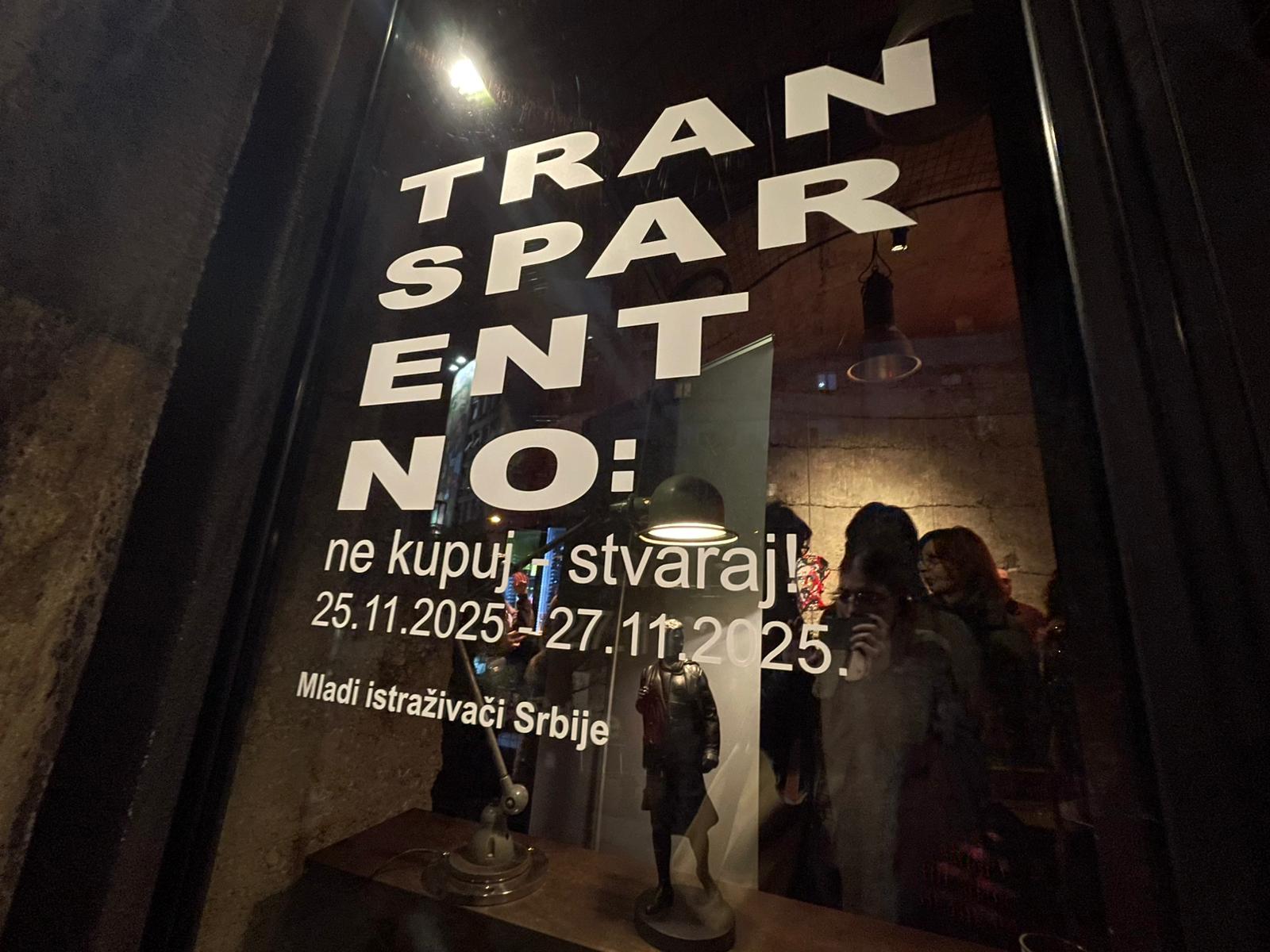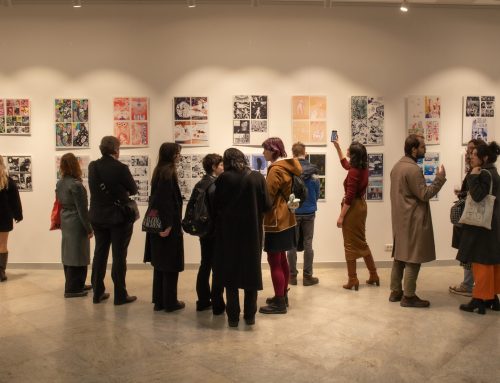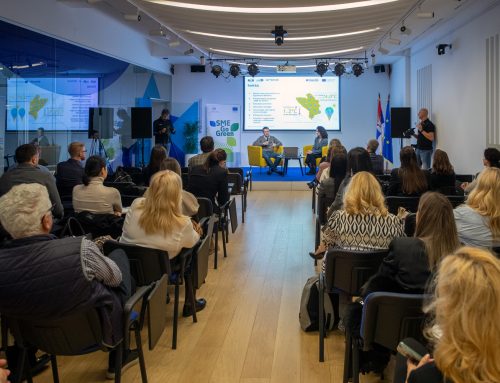Glass has always existed in nature, and its origins can be traced back to Mesopotamia around 4,000 years ago, when it was discovered that mixing sand, soda, and lime produced one of the most unique materials humanity has ever known.
Celebrating glass as a material, the exhibition “Transparent: Don’t Buy – Create!” has opened at the Neon Gallery (Crnogorska 10, Belgrade) as part of the “Transparent” campaign carried out by Young Researchers of Serbia with the support of Sweden.
The exhibition is open to visitors until 27 November, from 5 pm to 8 pm, and admission is free.

Glass is one of those materials we often take for granted. As a result, we frequently fail to recognize its full potential—in manufacturing, across various industries, and especially in the world of art. Yet glass has proven to be an exceptional artistic partner.
Although fragile, glass is also resilient and strong—it can endure much and defend itself when needed. Beyond all these qualities, glass is, above all, transparent.
Transparency is not only an artistic principle, but also an invitation to vulnerability, clarity, honesty, and connection. This very approach continues in upcycling, where discarded materials are reshaped into new works, creating a bridge between the past and the future and giving new life to something that once appeared to be at its end.
It was fitting, then, that this year’s Green Diplomacy Week concluded with an exhibition dedicated precisely to this idea. The exhibition was officially opened by artist Ivan Kocić, known for works that combine recycling with contemporary artistic expression—and by Anna Charlotte Malm, Head of Development Cooperation at the Embassy of Sweden in Serbia.
As the exhibition’s introduction states: “As a creative process that carries aesthetic, ethical, and ecological value, upcycling invites us to look more deeply and attentively at what remains after consumption, after habit, after the everyday.” Through the selected works featured in this group exhibition, this message was clearly felt—from installations to stained glass, and through living sculptures and jewelry.




